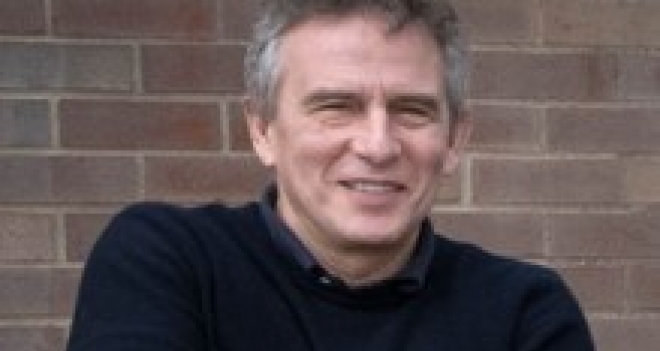Prof. Anatoly Frenkel: "Following the Dynamics of Nanoparticle Surfaces in Search of New Catalytic Pathways"
Understanding mechanisms of work for a wide range of applied nanomaterials begins with identifying “active units” in operating conditions, zooming in on the “active sites” and ends with a model explaining their role for functioning of the material or device. There are two main hurdles that we are particularly interested in overcoming: 1) heterogeneity of active species and sites and 2) their dynamics that can be directly responsible for their mechanisms. I will briefly introduce a multimodal, operando scheme that we developed for probing heterogeneous distributions of metal ions in mono- and bimetallic nanocatalysts, identifying those responsible for their reactivity, and leveraging this knowledge to propose new catalysts and reaction pathways exploiting the unique structure and dynamics of the active site obtained above. The second part of the talk will be devoted to the task of resolving heterogeneous distribution of sites on the surface of a bimetallic catalyst by employing the periodic restructuring of the metal species on and near the surface via periodic gas modulation. For dilute bimetallic Pd-Au catalysts, the main challenge for detecting the active species (Pdn (n=1,2 or 3) ensembles or PdOx species) on the Au nanoparticle surfaces is partitioning of the metal species between a minority of active units on the surface and majority of bulk spectators that dominate the X-ray spectroscopy (XAS) data. We applied a modulation excitation (ME) - XAS approach to the studies of the Pd-Au bimetallic nanocatalysts via the gas (H2, O2 or He) concentration modulation. Our work solved three pieces of the puzzle: 1) Isolating the spectra of minority (3-7 at.%) active species from those corresponding to the inert spectators, 2) deciphering the actual atomistic structure of the reaction-relevant surface species (Pd oxides, hydrides and atomically dispersed Pd, depending on Pd concentration) and 3) obtained new information on the driving force and kinetics of formation and decomposition of Pd species formed on the surface. The extension of this method to other functional materials will be discussed.



